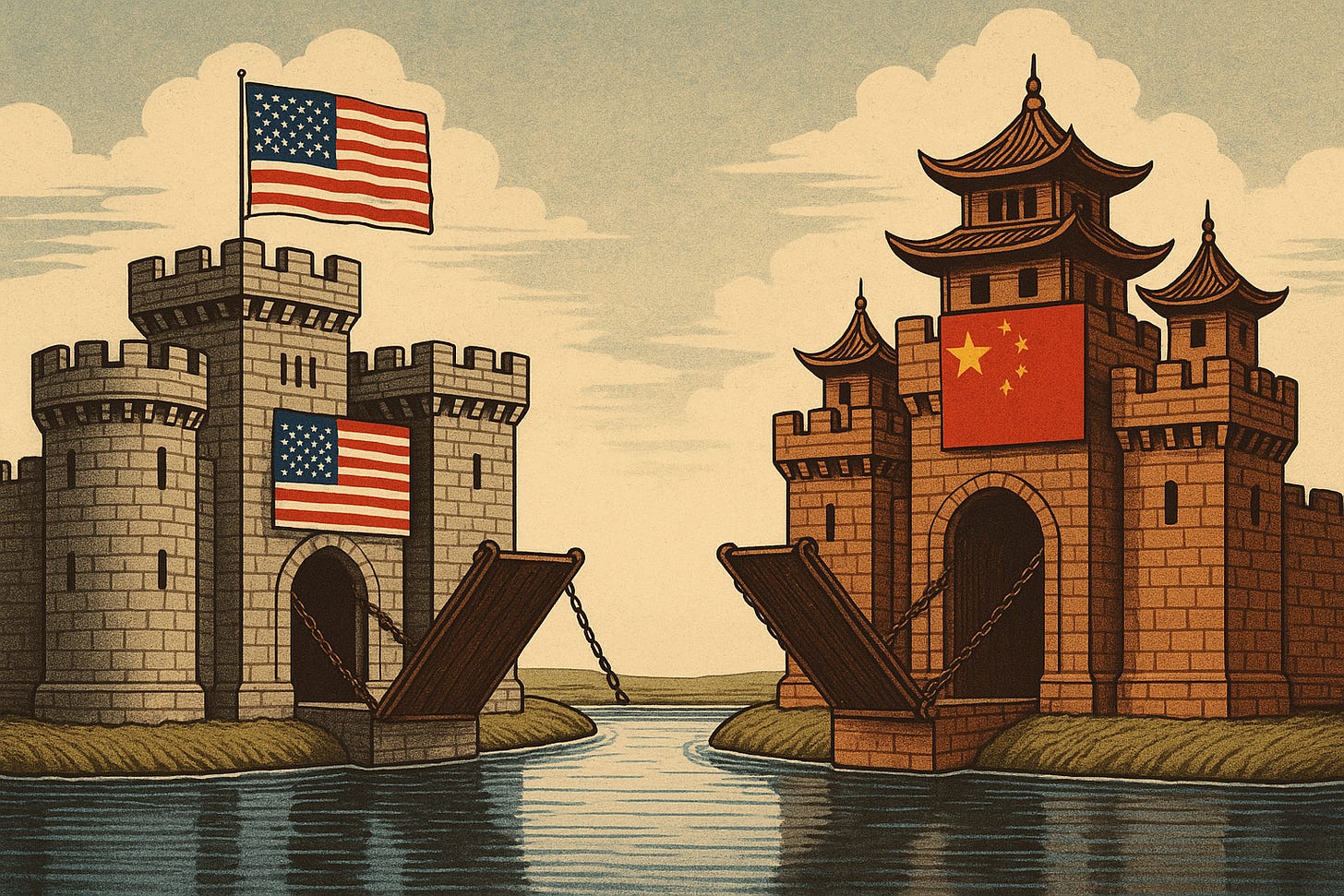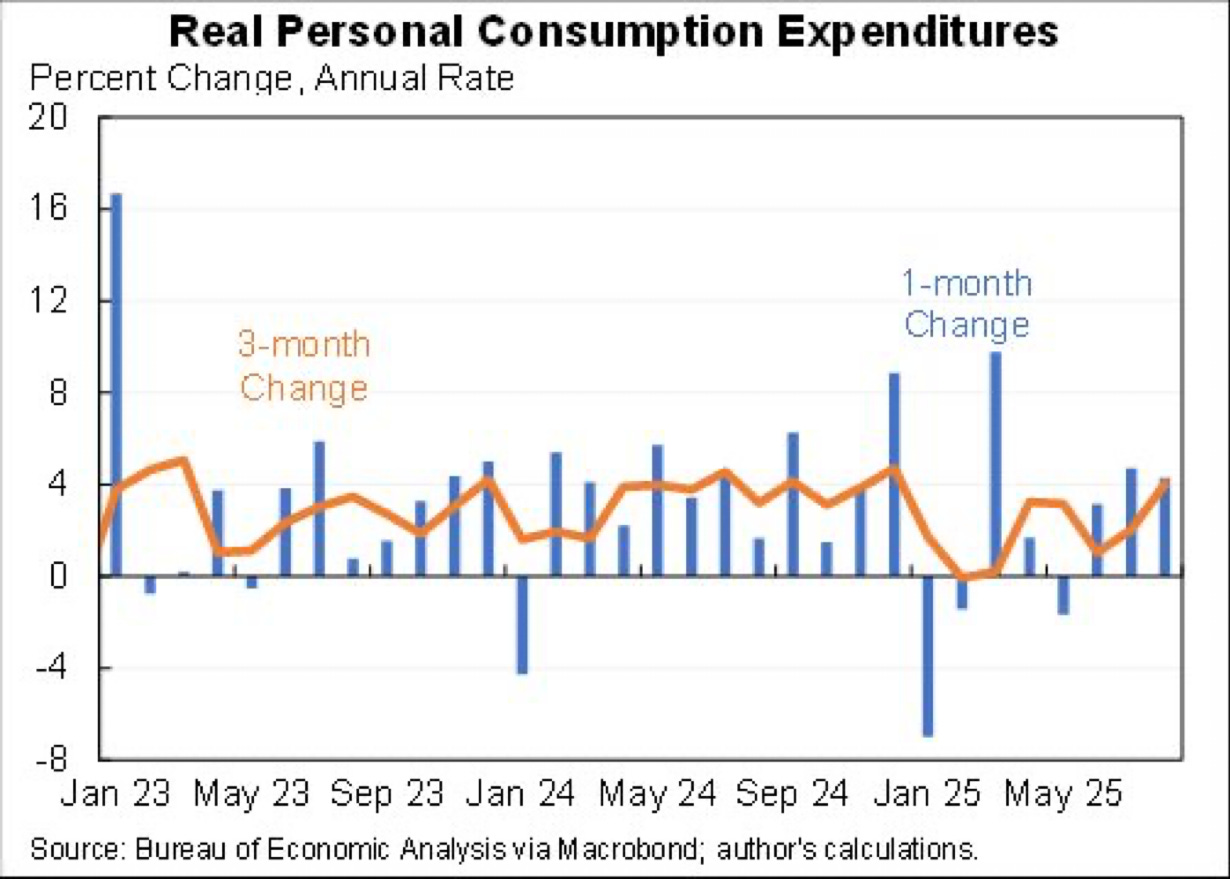Location Risk
A new era as both China and the US turn inward
⏱️ Reading time: 8 minutes
Once the world’s growth engine, the US–China relationship is today defined by moats: tariffs, technology bans, and military red lines. The drawbridges that built globalization are now up, as both superpowers retreat and wall off rivals.
Location Risk: A Useful Lens
These moats are not just metaphorical. Recently I looked into companies that help businesses mitigate supply chain risks. One of the websites used the phrase “location risk” and that really rang a bell. In a sense, all risk is location-based, and so are opportunities: being in the right place at the right time—the fourth dimension matters as well.
The concept of location risk is a useful lens through which to view the arc of US–China trade relations over the past 50 years. While many assume US companies moved to China for cheap labor, the real impetus was regulatory arbitrage. It was no coincidence that as the number of EPA regulations soared, US manufacturers moved offshore. The domestic market was growing faster than capacity could be built, and as with water, business always finds a way.
Now, with geopolitical and geoeconomic rivalry intensifying, and Beijing tightening its control over private industry, China has become a new locus of risk. For US firms, and foreign firms selling into the US market, the message from Washington is clear: the only safe path is to manufacture at home. Seen through the lens of location risk, the US–China trade story of the past 50 years looks very different from the way it is usually told.
Symbiosis, Interrupted
The prosperity of recent decades was based upon a symbiotic relationship between the United States and China. American consumers consumed, and Chinese workers, incentivized to save because of a disappearing iron rice bowl, saved. Together they created the greatest growth engine the world has ever seen. However, while China is slowing in terms of its per capita and overall consumption, the US consumer cannot be stopped:
❝ Meanwhile, consumers are back to spending like crazy. Earlier this year it looked like consumers might finally be giving in but data revisions and additional months of data have changed that picture dramatically.
And Jun, Jul, & Aug matter a lot for Q3 GDP. Which will be strong.
—Jason Furman @X Sep 26, 2025
Globalization created wealth, material abundance, and worldwide poverty alleviation, but it also created deep imbalances.
The Losers of Globalization Are in the Ascent
This arrangement produced both winners and losers. The “China price” helped American consumers, but displaced workers, especially in the Midwest, paid the price in jobs, health, and even life expectancy, as economist David Autor has extensively documented.
Labor mobility should have solved this and indeed in China, labor mobility peaked during this time of intense urbanization. But in the US, the 2008 Financial Crisis froze these families in place. By 2010, US interstate mobility fell to its lowest rate since the Second World War. This, by the way, is yet another example of location risk, and these job losses created a durable political base in states like Ohio.
Diverging Public Opinion
There is much talk about divisions within the US, but neither the US nor China are monoliths. My colleague Eric Huang has noted that even within China, as tightly controlled as it is under Xi Jinping, some elites question the high costs of the military buildup for a potential war with Taiwan.





